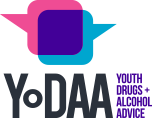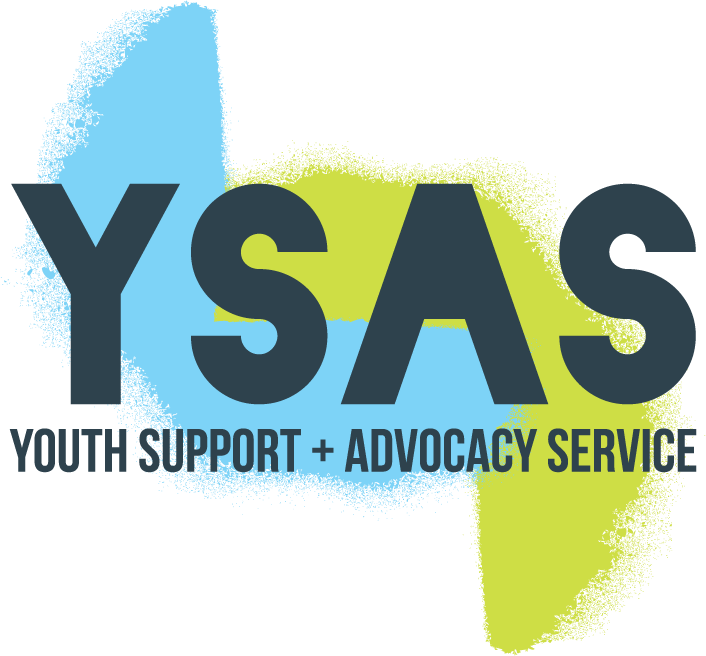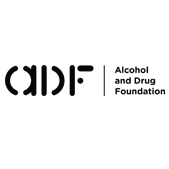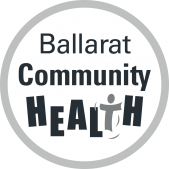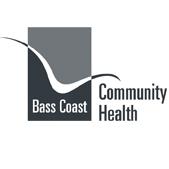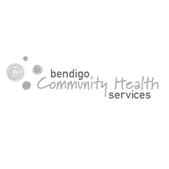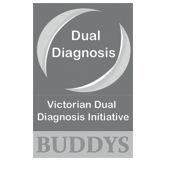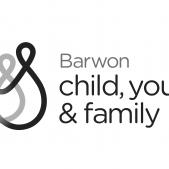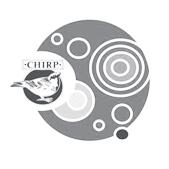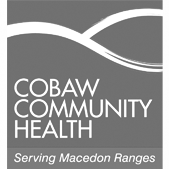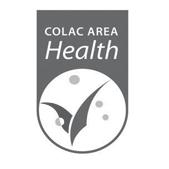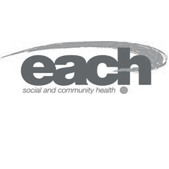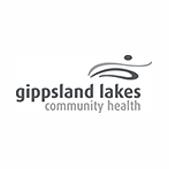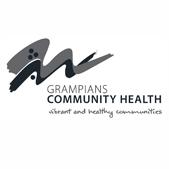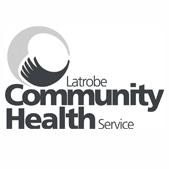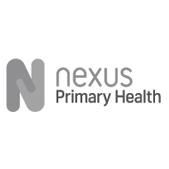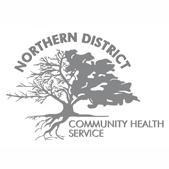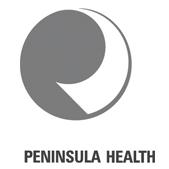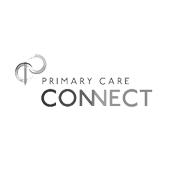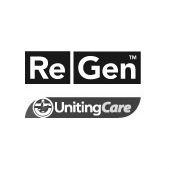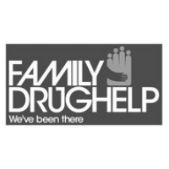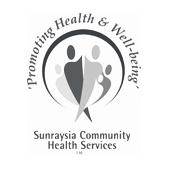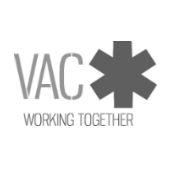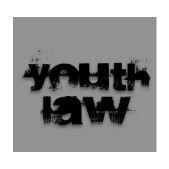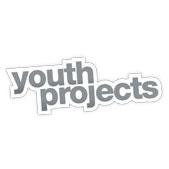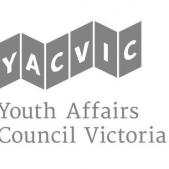Advice for Teachers
Identifying a problem at school
Many school students will be experimenting with alcohol and other drugs during adolescence. The older the student, the more prevalent experimentation is likely to be.
Most young people will not experience serious harms as a consequence of this and fewer still will develop a ‘drug problem’. Nonetheless, some will and it is useful to know the signs of emerging problems so you can support young people.
There is no clear sign that indicates when drug use becomes a drug problem. Identifying a problem isn’t only about measuring the frequency, type, or amount being used; rather, drug use is understood to be problematic when:
- It has frequent negative impacts on an individual’s physical and/or health and wellbeing
- The individual has less control over their substance use than they desire
- Substance use prevents the young person from participating in relationships and daily activities they previously enjoyed
There is often disagreement about whether or not a young person has a problem and in a school setting it may be useful to avoid using the term ‘problem’ at all. While sometimes a young person does identify their substance use as problematic, it is likely that in the early stages of an apparent issue, they do not feel this way. Particularly while the young person is still engaged in school, they may still be enjoying their substance use where others may view it as problematic.
In a school setting, common indicators that a student’s substance use may be problematic are:
- They appear intoxicated at school
- They are missing classes
- They smell of substances
- Academic results are slipping
- They have fluctuating energy levels. Hyperactivity/agitation or lethargy and low mood.
It’s important to remember that there are many other explanations for these indicators and even when a problem is evident, a range of holistic information is required to fully understand a young person’s needs.
